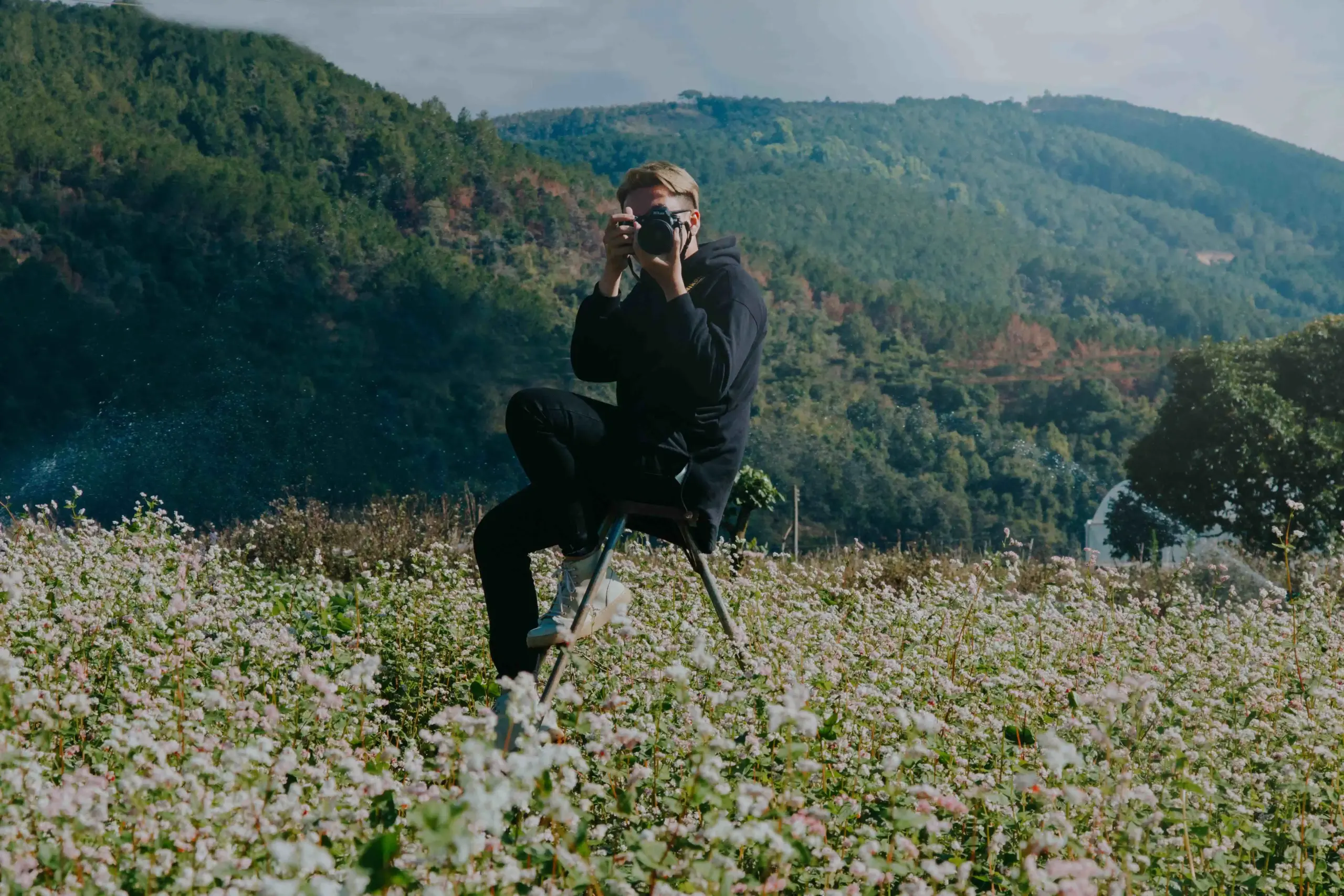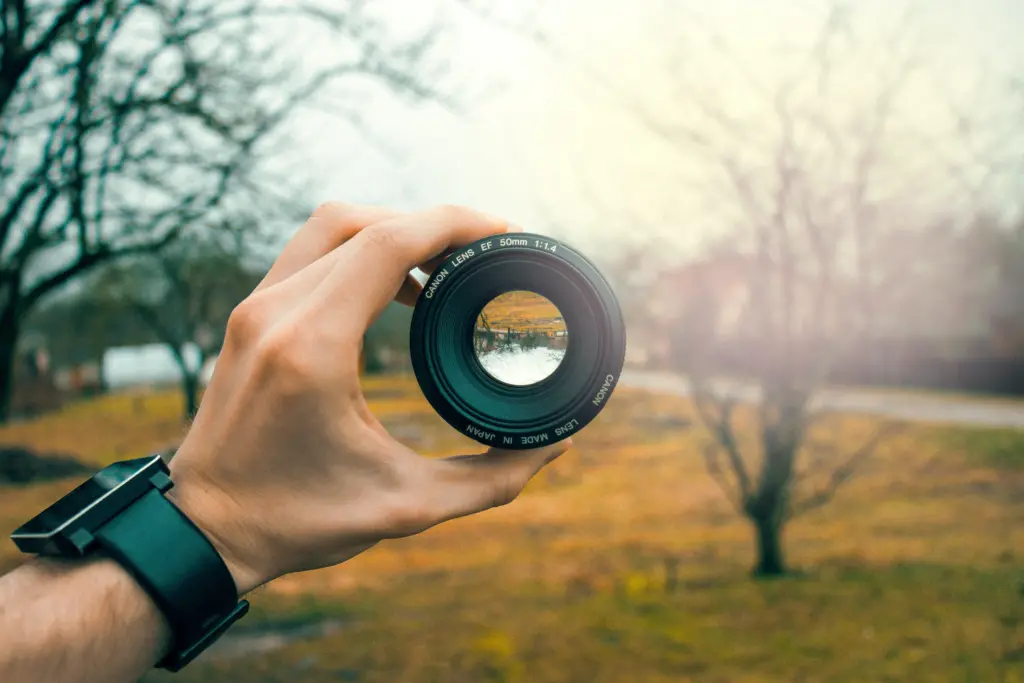Capturing Nature’s Majesty: A Guide to Like Some Landscape Photography
If you’re a photography enthusiast, you’ve likely been captivated by the allure of landscape photography. The art of capturing nature’s breathtaking beauty through the lens is both rewarding and awe-inspiring. In this comprehensive guide, we will delve deep into the world of landscape photography, offering valuable insights, tips, and techniques to help you embark on your journey to capturing the perfect shot.
In this article series, we’ll explore the art of landscape photography, from understanding the fundamentals of composition and lighting to choosing the right equipment and capturing unique perspectives. We’ll also take a look at famous landscape photographers and their work, and we’ll provide tips for showcasing and sharing your own landscape photographs.
Whether you’re an experienced photographer or just starting, there’s always more to learn and explore in the world of landscape photography. So grab your camera and join us on a journey to capture the majesty of nature, like some landscape photography.
like some landscape photography.
Landscape photography, like some other art forms, is a medium of expression that captures scenes of natural beauty. The phrase “like some landscape photography” conveys the idea that this style of photography is akin to other forms of art in its ability to evoke emotions and tell stories through images. Now, let’s dive into the heart of landscape photography and explore its facets.
Understanding Landscape Photography
Greetings, fellow nature enthusiasts! Landscape photography is an absolute treat for our senses, as it allows us to encapsulate the sheer beauty of Mother Nature. With our trusty cameras in hand, we have the power to freeze mesmerizing landscapes in time and share them with the world.
It’s an art that enables us to forge a deep connection with the world around us, appreciating its awe-inspiring wonders. From majestic mountains to tranquil lakes, landscape photography gives us the opportunity to explore diverse locations and capture their very essence.
By mastering composition techniques and harnessing the magic of lighting, we can weave visual stories that evoke powerful emotions and transport viewers to these breathtaking scenes. So, let’s dust off our lenses, venture into the great outdoors, and embark on an exhilarating journey of capturing nature’s splendor through the lens of landscape photography.
Choosing the Right Gear for Capturing Stunning Landscapes
While it’s true that the best camera is the one you have, investing in quality gear can elevate your landscape photography. Here’s what you need:
- Camera: A DSLR or mirrorless camera with manual settings allows for greater control over exposure and composition.
- Lenses: Wide-angle lenses (e.g., 16–35 mm) are ideal for capturing vast landscapes, while prime lenses (e.g., 50mm) excel at isolating specific details.
- Tripod: A sturdy tripod is essential for long exposures and maintaining sharpness.
- Filters: Graduated neutral density filters and polarizers help control light and enhance colors.
- Remote Shutter Release: This minimizes camera shake during long exposures.
Composition Techniques for Striking Landscapes
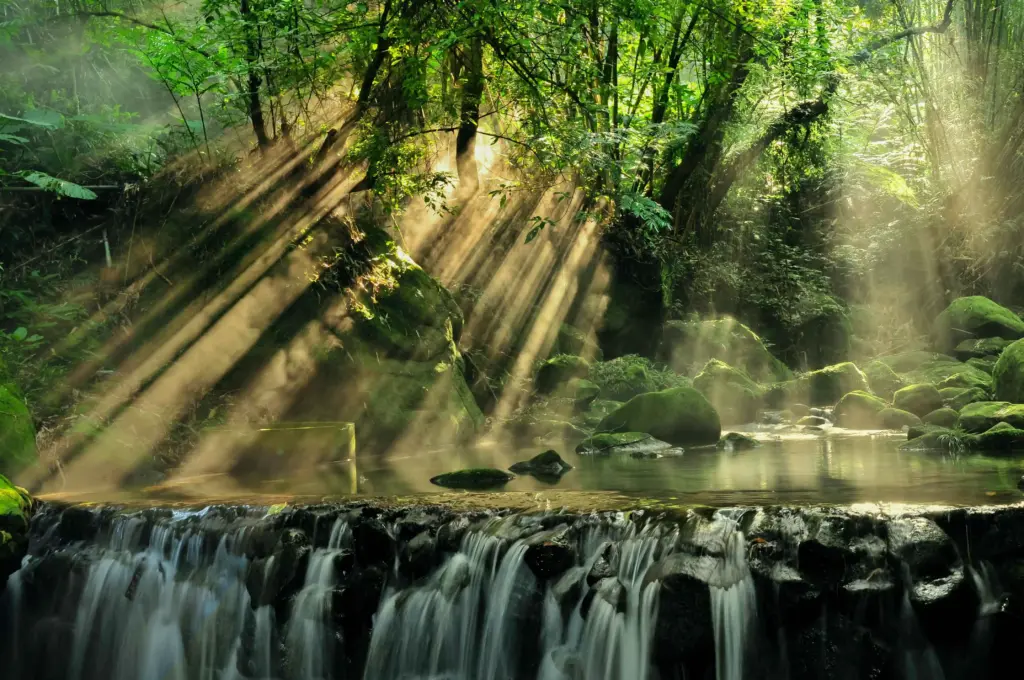
When it comes to capturing stunning landscapes, there are a few composition techniques that can truly elevate your photographs. Let’s dive into these creative approaches and learn how they can make a difference in your landscape photography adventures.
A. Rule of Thirds:
This technique involves mentally dividing your frame into a grid of nine equal parts using two horizontal and two vertical lines. By placing your main subject or points of interest along these guidelines or at their intersections, you can create a visually pleasing and well-balanced composition.
B. Leading lines:
Utilizing lines within your frame can guide the viewer’s eye and add a sense of depth and dimension to your photograph. Look for natural paths, roads, rivers, or even tree branches that can act as leading lines, drawing attention to your main subject.
C. Framing the subject:
One way to add interest and focus to your landscape photographs is by framing your subject within the natural surroundings. This could be done by using elements like overhanging tree branches, archways, or even doorways, creating a visually captivating frame within the frame.
D. Balancing elements:
Maintaining balance in your composition is key to creating harmonious and visually appealing landscape photographs. Take note of the various elements in your scene, such as foreground and background elements, and ensure they are balanced in terms of size, color, and visual weight.
Remember, these composition techniques are not strict rules but rather guidelines to help you craft compelling photographs. Experiment with them, trust your artistic instincts, and let your creativity soar as you capture the awe-inspiring beauty of the landscapes around you.
Capturing the Beauty of Natural Light
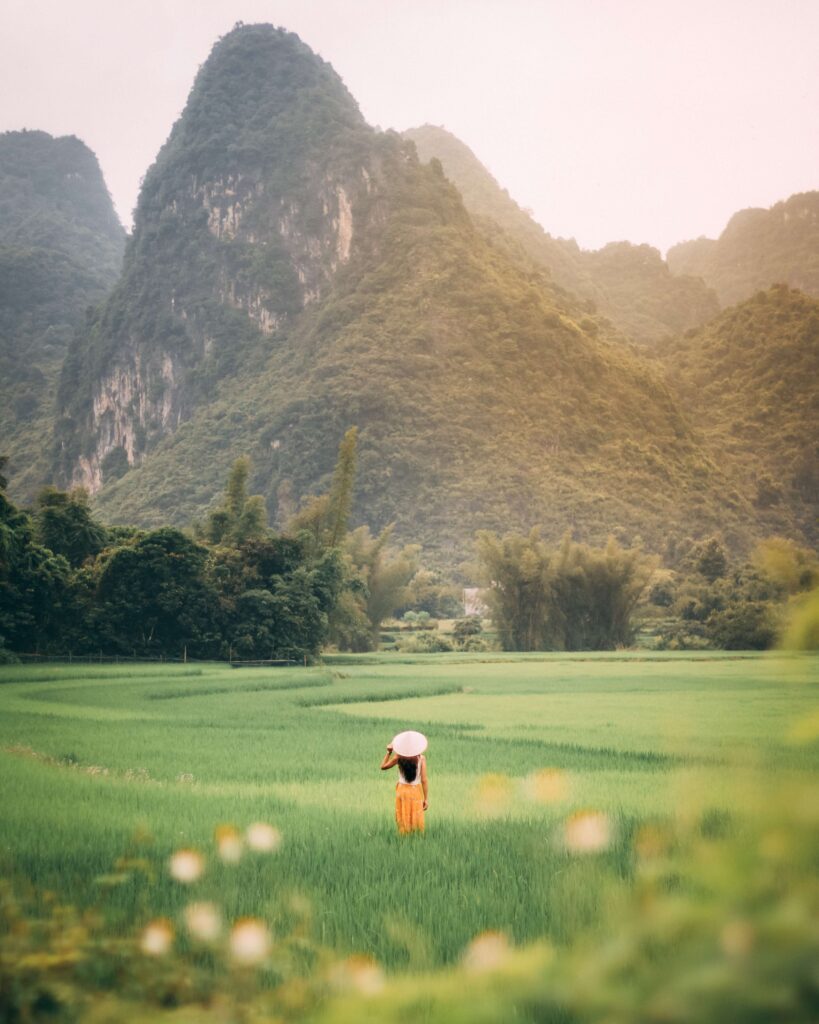
Ah, the magical moments of the golden hour and blue hour in landscape photography! These time periods are truly enchanting and can greatly enhance the mood and atmosphere of your photographs. Let’s delve into what makes them so special:
Golden hour:
This is the time shortly after sunrise or before sunset when the sun is low on the horizon, casting a warm, golden light over the landscape. The light during the golden hour is soft and diffused and beautifully illuminates the scene, creating a captivating glow. It adds a touch of warmth, enhances colors, and creates long, dramatic shadows, adding depth and dimension to your images. The golden hour is often regarded as the most magical time for landscape photography, as it lends a dreamy and ethereal quality to the photographs.
Blue hour:
Blue hour refers to the period of time just before sunrise or after sunset when the sky takes on a stunning deep blue hue. It occurs when the sun is well below the horizon and the residual sunlight is scattered in the Earth’s atmosphere. During this time, the landscape is bathed in cool, serene light with a beautiful interplay of blue tones. Blue-hour photographs often have a serene and peaceful ambiance, and they can be particularly striking when capturing cityscapes or incorporating water reflections.
Both the golden hour and blue hour offer unique lighting conditions that can elevate your landscape photographs. The soft, diffused light during these hours helps to minimize harsh shadows and provides a more even and flattering illumination across the scene. It also adds a sense of magic and tranquility to your images, evoking a deep emotional response from viewers.
Choosing The Right Camera For Capturing Landscapes
When selecting a camera for landscape photography, several factors come into play. The camera should have a high-resolution sensor to capture fine details, as well as a wide dynamic range to reproduce the full spectrum of lights and shadows in a scene. Here are some top camera options for landscape photography:
- Nikon D850: With its impressive 45.7-megapixel sensor and outstanding dynamic range, the Nikon D850 is a top choice for landscape photographers.
- Canon EOS 5D Mark IV: Known for its exceptional image quality and robust build, the Canon EOS 5D Mark IV delivers stunning landscapes with its 30.4-megapixel sensor.
- Sony A7R IV: This mirrorless camera boasts an impressive 61-megapixel sensor and advanced autofocus system, making it ideal for capturing every intricate detail in your landscapes.
Lens Options For Stunning Landscape Shots
The lens you choose plays a crucial role in landscape photography, allowing you to capture the vastness and intricate details of a scene. Here are some popular lens options:
Canon EF 16-35mm f/2.8L III USM
Nikon AF-S NIKKOR 14-24mm f/2.8G ED
Sony FE 24-70mm f/2.8 GM
Planning and Preparation for Landscape Photography
Ah, the excitement of planning and preparing for a landscape photography adventure! Proper preparation is key to ensuring a successful and enjoyable experience. Let’s dive into some friendly tips to help you get ready:
Researching locations: Take time to research potential locations for your shoot. Look for places that align with your vision, whether it’s majestic mountains, serene lakes, or lush forests. Consider the best time of year for optimal conditions and plan accordingly.
Checking weather conditions: Keep a close eye on the weather forecast leading up to your photography outing. Look for days with clear skies, interesting cloud formations, or even unique weather patterns that can add drama to your photographs.
Choosing the right time of day: The time of day can greatly impact the lighting and overall mood of your images. Consider the desired atmosphere you want to capture. Do you prefer the soft golden light of sunrise or the warm hues of sunset? Plan your shoot accordingly.
Packing the essentials: Don’t forget to pack the necessary gear, including your camera, lenses, tripod, extra batteries, memory cards, and lens cleaning supplies. Dress appropriately for the weather, and bring some snacks and water to keep yourself energized and hydrated.
Scouting the location: Arrive early at your chosen location to scout the area. Look for potential compositions, interesting foreground elements, and captivating points of interest. Familiarize yourself with the surroundings and envision how you want to capture the scene.
Considering safety: Always prioritize your safety and the safety of your equipment. Be aware of any potential hazards in the area, such as unstable terrain or changing weather conditions. Pack a first aid kit and let someone know your shooting location and estimated return time.
Exploring Unique Perspectives in Landscape Photography
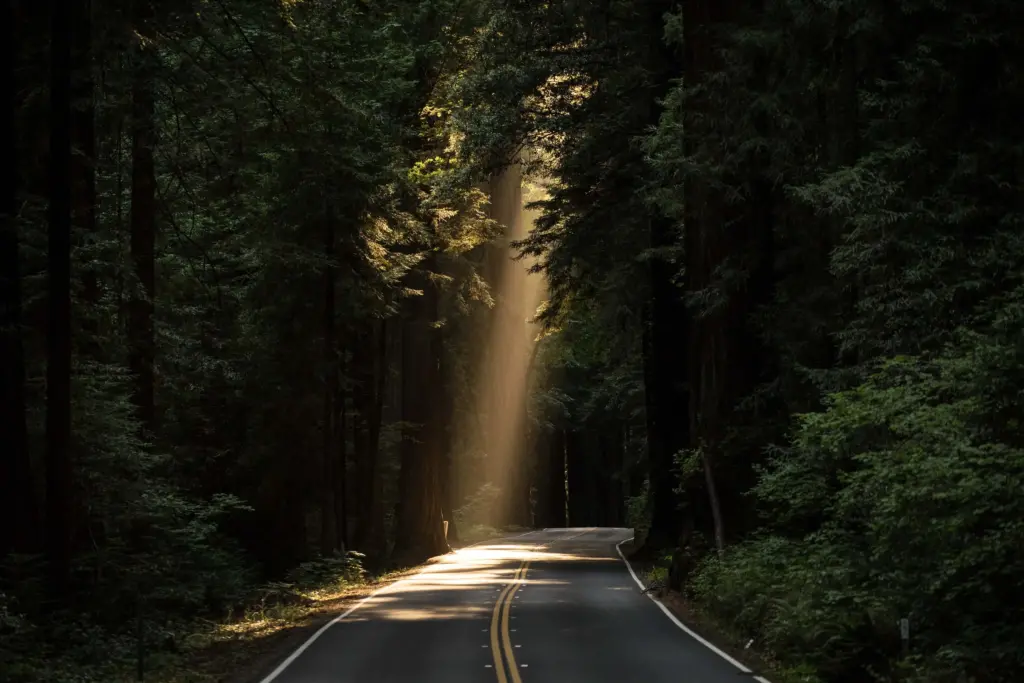
A. Low-angle shots:
Get down low and see the world from a different vantage point. By shooting from a low angle, you can capture landscapes in a fresh and captivating way. Include interesting foreground elements to create depth and make your subjects appear more prominent.
B. Aerial photography:
Take to the skies and unlock a whole new world of possibilities. Aerial photography allows you to capture breathtaking views from above, revealing patterns, textures, and the grand scale of landscapes. Whether using a drone or photographing from an aircraft, aerial shots provide a unique perspective that can leave viewers in awe.
C. Long exposure techniques
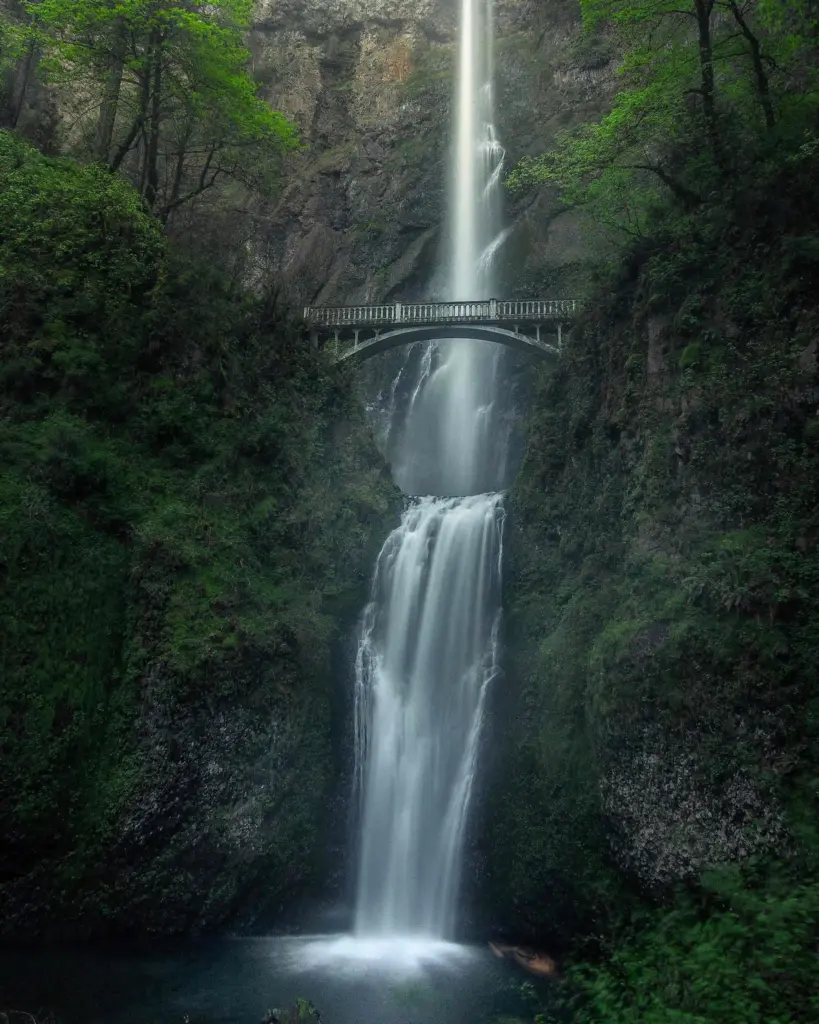
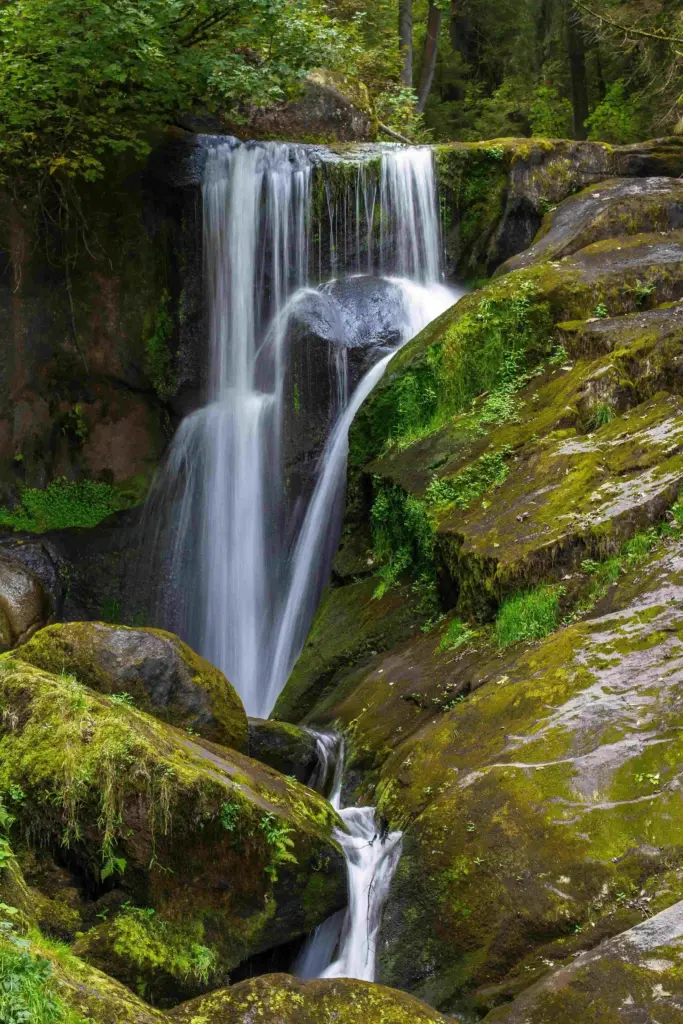
- Capturing motion in the water: Water is a fascinating element that can add a sense of movement and tranquility to your photographs. Experiment with slower shutter speeds to capture the graceful flow of rivers, the crashing of waves, or the gentle ripples of a serene lake. This technique can create a sense of ethereal beauty and add a touch of magic to your images.
- Creating starry skies: The night sky holds a mesmerizing allure, and capturing the stars can result in breathtaking landscape photographs. Find a location away from light pollution, use a tripod for stability, and set your camera to a longer exposure to capture the stunning details of the stars. Experiment with different compositions and foreground elements to create a captivating scene under the starry sky.
By incorporating motion in the water and capturing the enchantment of starry skies, you can infuse your landscape photographs with a sense of wonder and awe. These techniques allow you to showcase the dynamic nature of the world and create images that evoke emotion and transport viewers to magical realms.
So, grab your camera, find a beautiful water scene, or wait for a clear night sky, and let your creativity flow. With these techniques in your arsenal, you’ll be able to create captivating landscape photographs that capture the essence of nature’s beauty. Happy shooting!
Enhancing Landscapes with Filters and Post-Processing
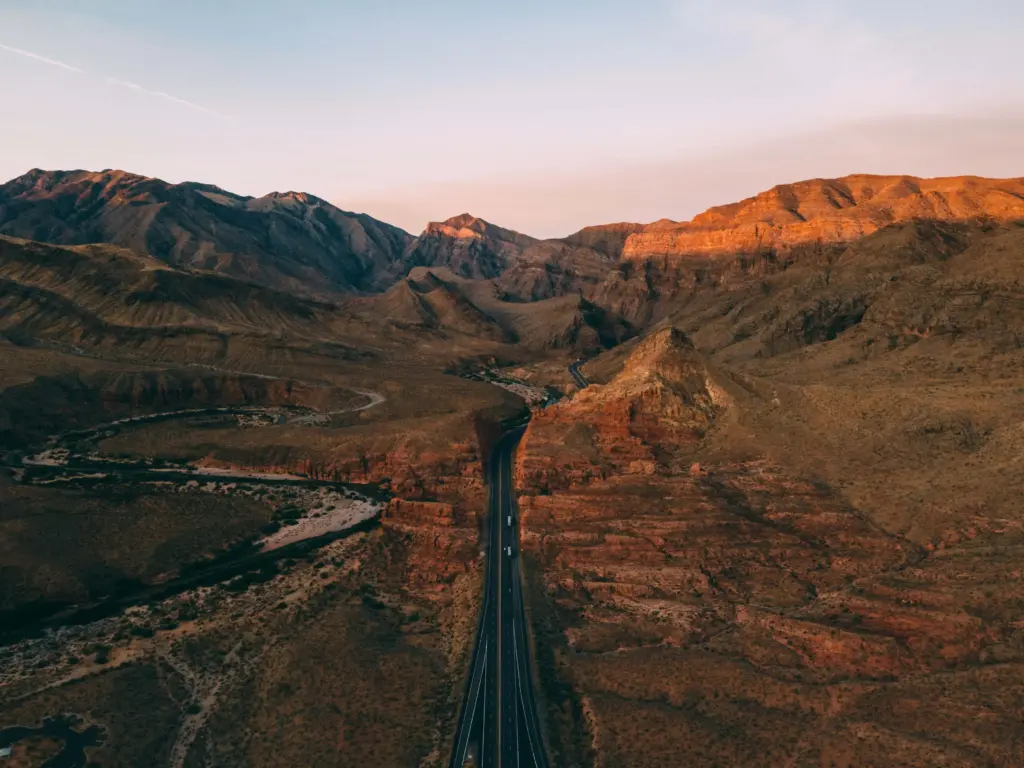
A. Graduated neutral density filters: These filters balance exposure in high-contrast scenes, capturing detail in both bright skies and darker foregrounds.
B. Polarizing filters: These filters reduce glare and reflections, enhance color saturation, and make skies and foliage more vibrant.
C. Editing software and techniques: Post-processing tools and techniques allow photographers to refine their images, adjusting exposure, colors, and details for optimal results.
Showcasing and Sharing Your Landscape Photographs
A. Creating an online portfolio:
Showcasing your best work in a visually appealing online portfolio establishes your professional presence and attracts potential clients.
B. Participating in photography competitions:
Competing in photography contests allows you to gain recognition, receive feedback, and potentially win awards, enhancing your reputation.
C. Social media and community engagement:
Engaging with social media and the photography community builds exposure, feedback, and networking opportunities for your work and photography career.
Learning and Improving in Landscape Photography
Workshops and courses
B. Seeking feedback and critique
C. Experimenting with new techniques
D. Read some landscape photography magazine
Famous Landscape Photographers and Their Work
A. Ansel Adams
B. Galen Rowell
C. Art Wolfe
Finding Inspiration in Nature’s Majesty
Exploring different landscapes:
Discovering diverse landscapes provides photographers with endless opportunities to capture unique and captivating images. From mountains to forests, deserts to coastlines, exploring various landscapes offers a range of natural beauty and visual inspiration.
Connecting with the Natural World:
Immersing oneself in nature allows photographers to develop a deep connection with the environment. It fosters a sense of appreciation and respect for the natural world, which is reflected in their images. Connecting with nature enhances the overall experience of photography and brings a profound sense of fulfillment.
FAQ for, like some landscape photography
Landscape photography is a captivating art form that has garnered a dedicated following over the years. Here’s a breakdown of why people are drawn to it, what it’s called, and its various types:
Q1. Why do people like landscape photography?
Landscape photography has a universal appeal for several reasons:
- Connection with Nature: People are inherently drawn to the beauty of the natural world. Landscape photography allows individuals to immerse themselves in nature’s grandeur, fostering a sense of connection and serenity.
- Escape from Everyday Life: It provides an escape from the hustle and bustle of daily life. Through this lens, one can momentarily leave behind stress and responsibilities and enter a tranquil world.
- Capturing Memories: Many treasure landscape photos as visual memories of their adventures and travels. They evoke nostalgia and allow us to relive special moments.
- Artistic Expression: For some, landscape photography is a form of self-expression. It enables them to convey their unique perspective on the world and share their creative vision.
- Therapeutic Benefits: Engaging with landscapes, whether by photographing them or simply gazing at such images, has therapeutic effects, reducing stress and promoting mental well-being.
Q2. What do you call landscape photography?
Landscape photography is indeed called “landscape photography.” This term accurately describes the genre focused on capturing the beauty and essence of natural landscapes. There’s no need for a different name; it’s a straightforward and self-explanatory title.
Q3. What is scenic photography called?
Scenic photography is essentially another term for landscape photography. Both phrases refer to capturing the scenic beauty of natural environments, so they are often used interchangeably. You can use either term depending on your preference, and both will be understood.
Q4. What are the types of landscape photography?
Landscape photography encompasses various sub-genres, each with its own unique characteristics:
- Landscape Scenery: Traditional landscape photography that captures sweeping vistas, mountains, lakes, and forests.
- Seascape Photography: Focuses on coastal areas, seashores, and the interaction of land and sea.
- Cityscape Photography: Urban landscapes featuring city skylines, architecture, and the interplay of human-made structures with nature.
- Astro-Landscape Photography: Combines landscapes with astrophotography, featuring the night sky, stars, and celestial events.
- Macro Landscape Photography: Zooms in on small details within landscapes, showcasing intricate patterns, textures, and flora.
- Minimalist Landscape Photography: Emphasizes simplicity and uses minimal elements to convey a powerful sense of space and calm.
- Abstract Landscape Photography: Takes a more artistic approach, often manipulating colors, shapes, and textures to create abstract interpretations of landscapes.
Q5. What Is the Best Time of Day for Landscape Photography?
The best time of day for landscape photography is during the golden hour, which is the hour after sunrise and the hour before sunset when the light is soft and warm, and produces long shadows.
Q6. What Is the Essential Equipment for Landscape Photography?
The essential equipment for landscape photography includes a DSLR or mirrorless camera, a wide-angle lens, a tripod, filters, and a remote shutter release for better image stability.
Q7. Can landscape photography be considered a form of art?
Yes, landscape photography can be considered a form of art as it captures the beauty of nature and evokes emotions through visual storytelling.
Final Summary of this article
To wrap up, the world of landscape photography is a captivating realm filled with endless possibilities and breathtaking beauty. By embracing techniques such as low-angle shots, and aerial photography, and utilizing tools like filters, photographers can create truly stunning images.
Planning and preparation are essential for success, as is the understanding of lighting, composition, and post-processing techniques. Engaging with the photography community and sharing your work online can open doors to recognition and opportunities. So, grab your camera, explore the wonders of nature, and let your creativity unfold as you capture the awe-inspiring landscapes that surround us.
Remember, the journey of a landscape photographer is a continuous learning experience, with each click of the shutter revealing a new world waiting to be discovered. Happy shooting!

